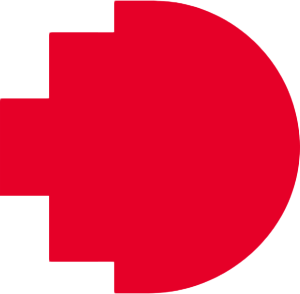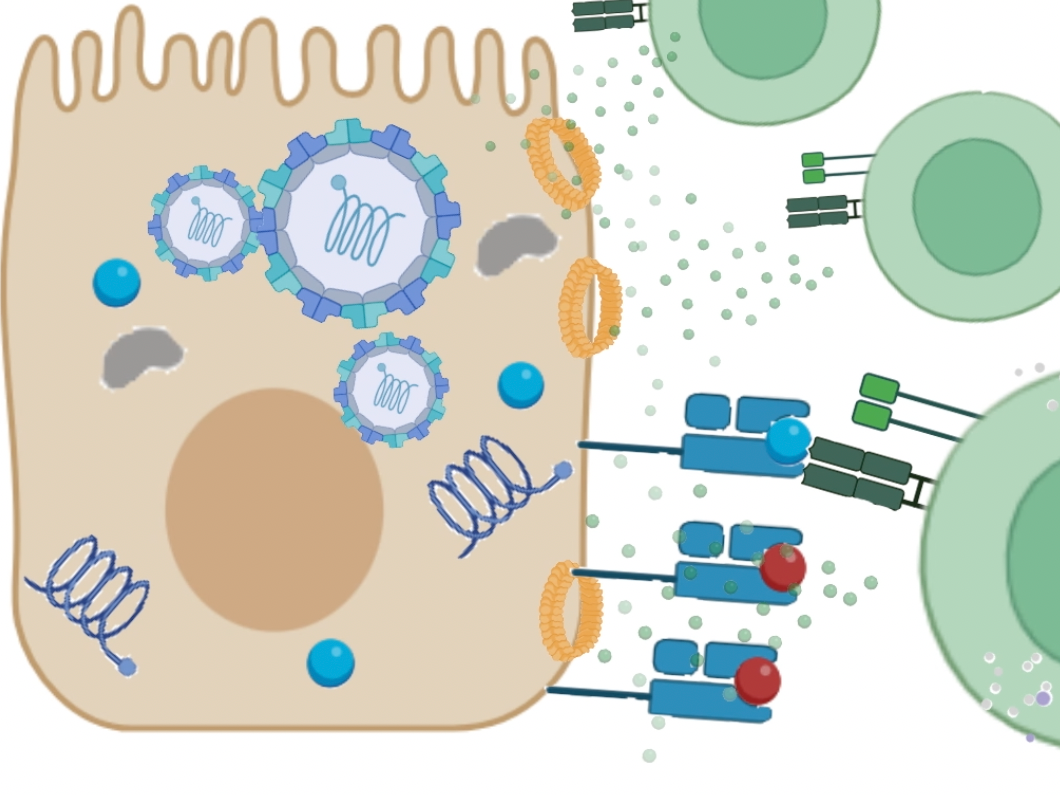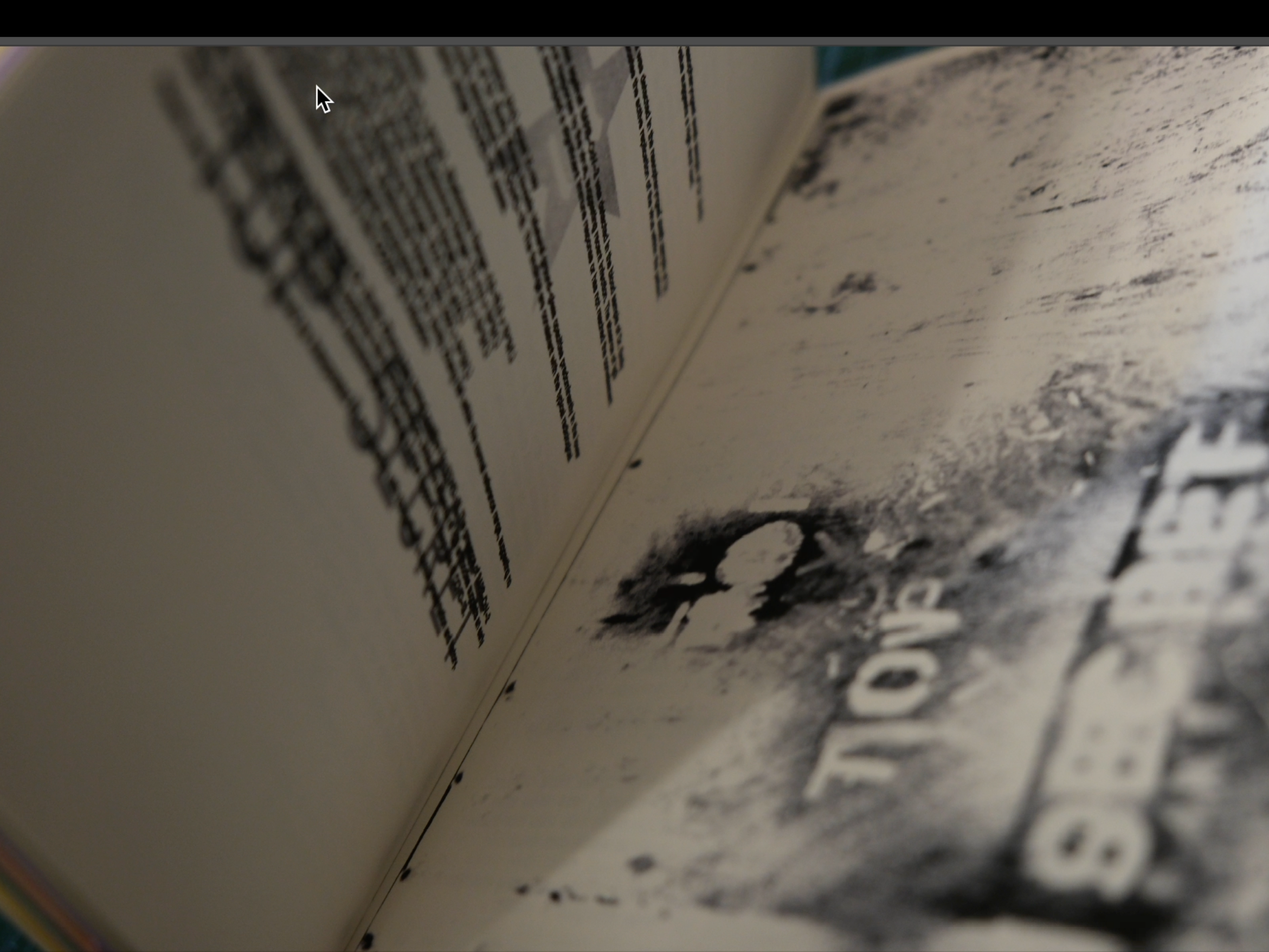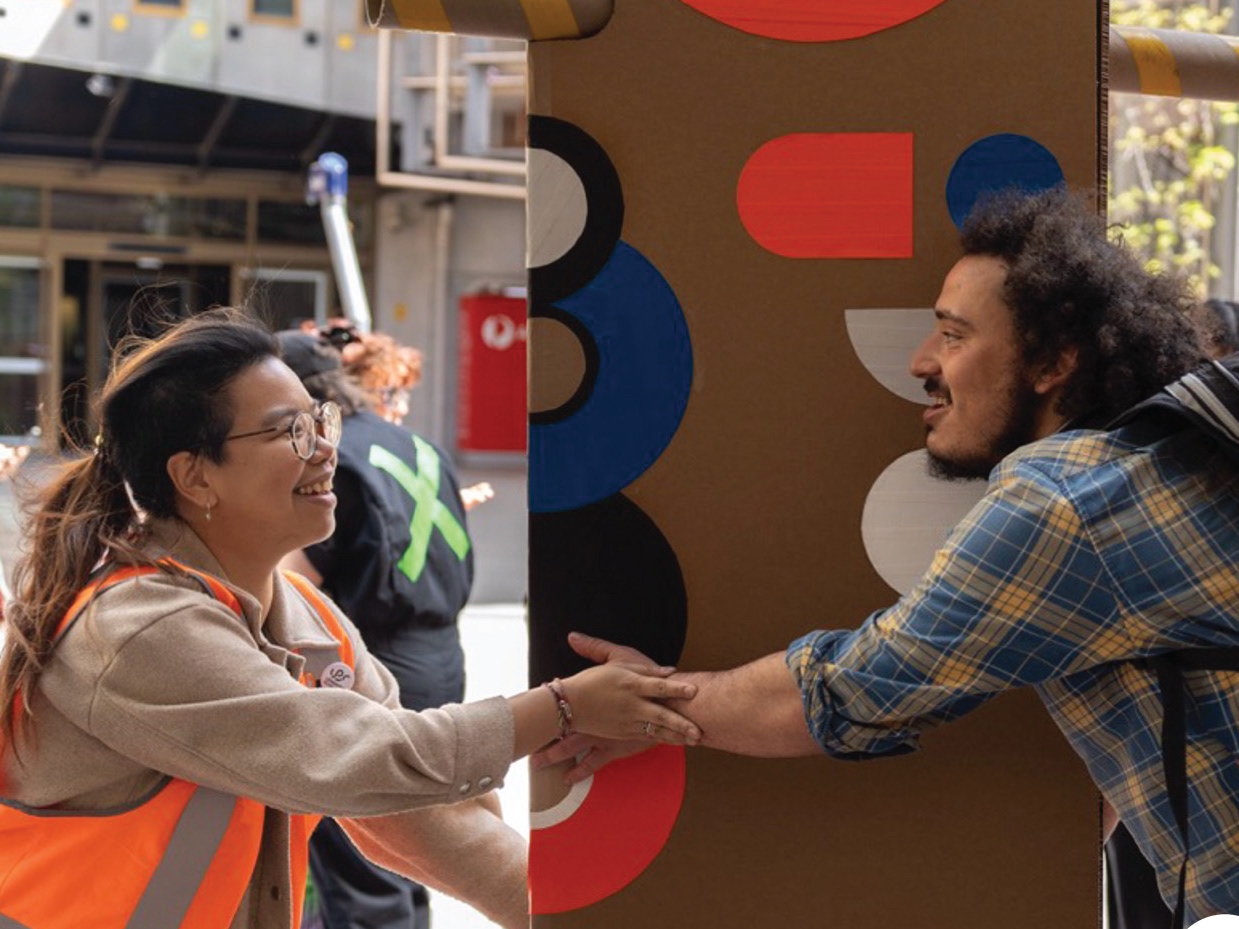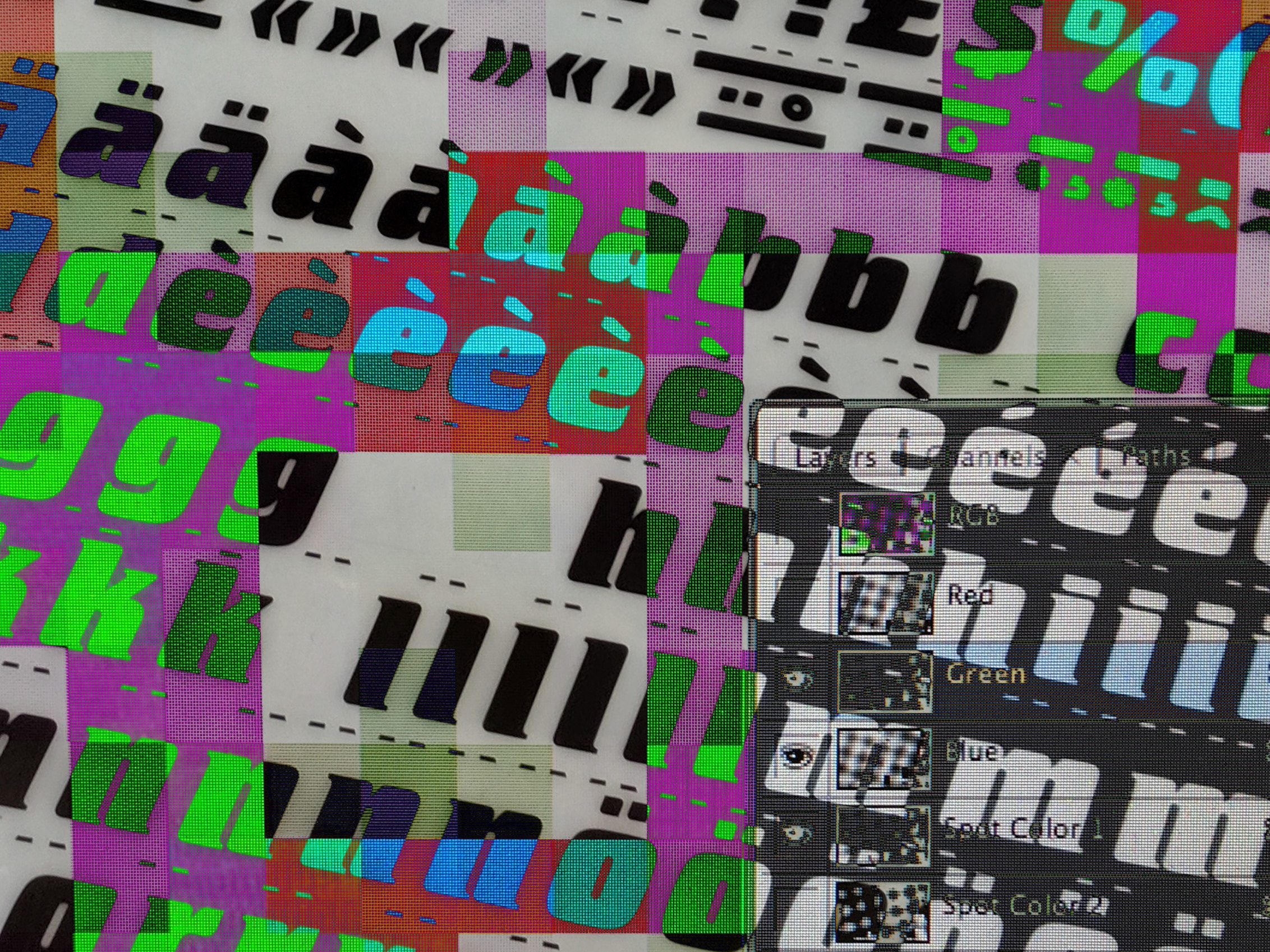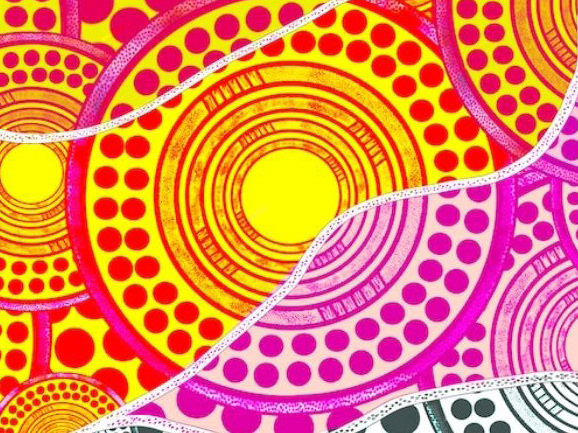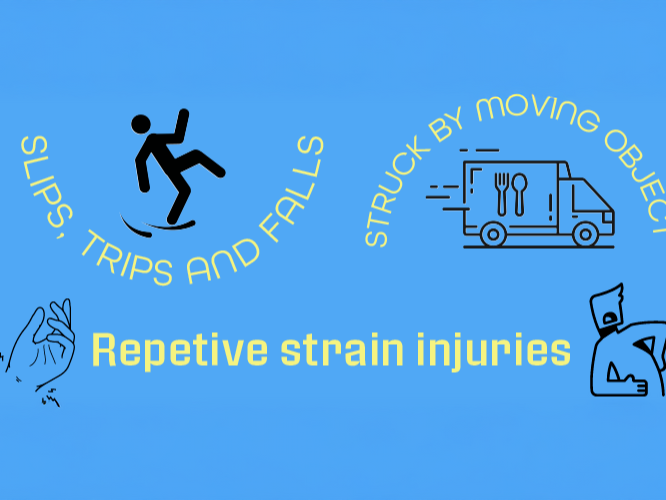Humanitarian Engineering
Engineering WITH People
Teaching empathy and creativity in Humanitarian Engineering
Spyros Schismenos
Lecturer, Humanitarian Engineering, School of Engineering
Lecturer, Humanitarian Engineering, School of Engineering
Nick Brown
Senior Lecturer, Humanitarian Engineering, School of Engineering
Senior Lecturer, Humanitarian Engineering, School of Engineering
Many engineering students are taught to develop solutions FOR not WITH the people they are hoping to support, often leading to a lack of empathy and relevant design. This project looks to address this issue by developing realistic learning scenarios where students can combine technical and professional skillsets and mindsets in an authentic (but controlled and safe) humanitarian scenario. Using digital tools enhances empathy, creativity and engagement whilst also making these scenarios as real as possible.
Resources
> Teaching resource
> Board game & Instructions
> Board game playing personas
Problem Statement
Engineering is not always seen as being a creative profession; research shows that students often undervalue the non-technical side of engineering. In ‘traditional’ engineering programs, student creativity is often limited to solely technical aspects, such as product design, ignoring social and cultural elements that are important for the successful implementation of engineering works in community context. These skills are particularly important in the humanitarian and international development sectors whose employers expect practitioners to have cross-disciplinary skills, rapid adaptation to new conditions and digital literacy. Our team are trying to ensure creativity, beyond the technical, incorporated into humanitarian engineering education.
Project Overview
Humanitarian Engineering (OENG1114) is a unique masters level course at RMIT. It allows students to take a deep dive into the application of engineering in humanitarian settings including the role and responsibility of engineers for disaster preparedness, disaster response and long-term international development. Students from all engineering disciplines can learn best practices and approaches understanding how their own discipline is valued in humanitarian work, whilst also building critical human-centred and participatory design skills. Students review the engineering profession from a perspective of social and environmental consciousness, examine case histories of international aid projects and review the impacts of socio-technical interventions in different cultures. Students are then challenged to consider how this perspective can strengthen their own discipline practice.
The course has been set up to simulate the students working for a professional services engineering company who are taking on a series of humanitarian engineering ‘contracts’. The students learn new skills and then are expected to apply them. One of these contracts plays out during a controlled and safe immersive 2-day simulation (hereinafter, SIMULATION). The purpose of the SIMULATION is to see how students apply their skills to provide a community with access to drinking water and sanitation facilities, before rapidly having to rethink their actions when they learn of an impending flood. Tutors working as actors provide realistic touch points. Building our own digital literacy and utilising the tools in Adobe Creative Cloud, help bring this SIMULATION to life, enriching the learning experience and enhancing learning outcomes.
Emergent Outcomes
The SIMULATION aligns with RMIT’s Curriculum Architecture Principles and Standards, and uses active, authentic and applied techniques to enhance student collaboration and engagement. In that sense both students and tutors were active participants in the SIMULATION. Students acted as humanitarian engineering professionals and were responsible for providing socio-technical solutions to community water and sanitation needs. Tutors acted as authorities (e.g. Department of Rural Development) and local residents (e.g. teacher and nurse). We used various Adobe programs including, Adobe Express, Stock and Firefly to develop teaching materials. Students used Adobe Express and Stock, among other programs, to present information and provide a professional reflection. Photos from activities during the SIMULTION as well as teaching materials can be found at the end of the document. Additional learning materials included using Adobe Stock to create character sheets to represent local stakeholders (farmers, homemakers, shop owners, etc.) as well as buildings and other assets; Adobe Portfolio to create a fictional government site where students could access key information about the context. Due to the delay in funding being made available we were unable to incorporate these additional learning materials into the SIMULATION but, they have been incorporated into the delivery of our following course OENG1164. Humanitarian Experiential Learning Project, commencing November 2023.
Digital Capability Building
Our project addressed Digital Literacies in the following ways:
Regarding technical literacy, students were introduced to Adobe Stock, Express and Firefly before the SIMULATION (during Week 4 of semester). Adobe Express was chosen, for its ease and templates, as the students were asked to create a rapid pitch and present it back to the class.
Regarding Information literacy, students were introduced to information search methods and the importance of critical thinking since Week 1. By the end of the SIMULATION (Week 13), students were able to employ their judgement to seek out reliable information both online and in-person. Specifically, students used search engines to find atmospheric and hydrogeomorphological conditions that were important for their project, and through surveying local ‘actors’, they identified priority needs and community perceptions over priority vulnerabilities. Students utilised their digital skills to present the information. Through exemplars used in class students were exposed to generative methods (e.g. Firefly) as well as video and graphical editing.
Regarding critical literacy, both students and tutors were taught basic terms and conditions of using digital tools for creating new content (e.g. ownership over an image that was made using Adobe Firefly) and the importance of appropriate referencing.
Key Learnings
All teaching outcomes regarding the SIMULATION will be available to other RMIT educators. These will be formed as conference proceedings and presented at the Asia-Pacific Symposium on Sustainable Development in Higher Education on March 4-5, 2024 in Hiroshima, Japan. The SIMULATION outcomes will include a teaching plan, suggested assessments and an overview of the SIMULATION structure. All other materials made by students and tutors can be shared anonymously (with permission).
The concept is that the materials for the SIMULATION can now be used as a context in multiple courses.
WIP by student Lucas Sakell, 2023
